The Components of Dancing
There are many layers to dancing, and as we learn more and improve, more layers are added. However, the fundamental components of dancing are constant, no matter how new or advanced you are. These components can be broken done into four main sections. These are Timing, Footwork/Foot Placement, Leading and Following, and Style.
Timing
Timing or being “on time” refers to moving to the beat of the music and not rushing too fast or being too slow. Timing helps us to dance together in unison. Usually in music, the strongest beat is counted as “One”. To improve timing, dancers can practice counting the beats of the music and focusing on staying in sync with the rhythm. It takes time and practice to master timing, but once achieved, it can make a significant difference in the quality of the dance performance.
Footwork/Foot Placement
When dancing, we can place our feet together or move them forward, back, left and right but also how we use our feet is importance too for different dances. Some dances require us to step with the heel first while others require the toe first. There’s also technique to help us push off one foot to another for longer strides compared to other dances where it’s important to take smaller steps.
Leading and Following
Leading and Following is a skill that takes a little while to get use to. We need to think of it as a partnership working together. As a leader, we need to be clear with our intentions and maintaining good posture and frame. It is also important for leaders to be attentive to their partner's movements and adjust their own accordingly. As a follower, we need to be receptive to what our leader is asking us to do. Followers should also focus on maintaining a strong connection with their partner, and be ready in any direction at a moment's notice.
Style
Each dance style has its unique characteristics that make it stand out from others. Understanding the styling of different dances can help you become a better dancer and appreciate the art form more deeply. For example, Waltz is a smooth, gliding dance with rise and fall, while the tango is known for its dramatic and intense movements.
In addition to understanding the styling of different dances, it's also important to master the basic techniques and steps of each dance style. This will help you execute the movements with precision and confidence, which is essential for any dancer.
In conclusion, the components of dancing are essential for any dancer looking to enhance their skills and take their performances to the next level. By focusing on proper posture, footwork, timing, leading/following and understanding styling, ballroom dancers can create visually stunning performances that leave their audience in awe. Whether you're a beginner or an experienced dancer, mastering these techniques will undoubtedly improve your overall performance and make you a better dancer. So, keep practicing, stay dedicated, and remember to have fun on the dance floor!




